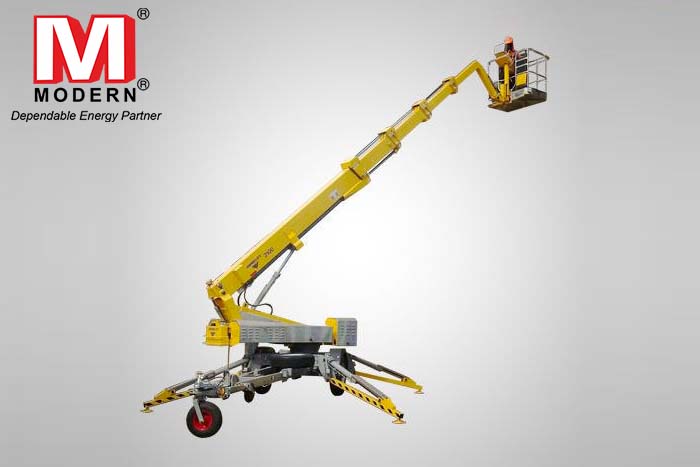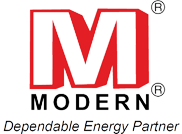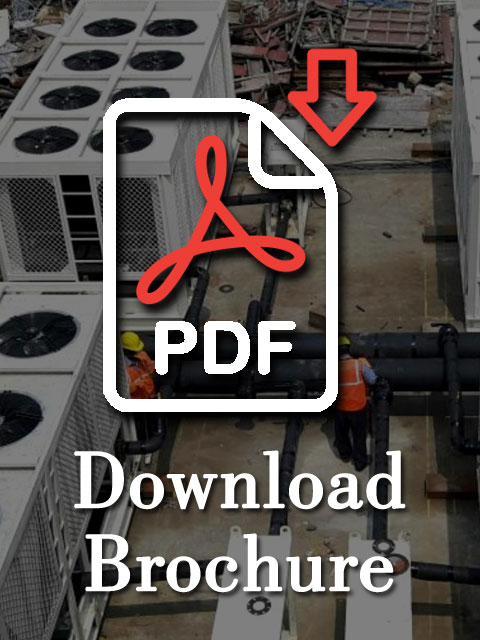
Spider Lifts 101: Understanding the Basics of Rental and Operation
Spider lifts, also known as spider booms or tracked aerial lifts, have revolutionized elevated work in various industries. These versatile machines offer unparalleled access to high and difficult-to-reach areas with precision and efficiency. In this article, we’ll delve into the fundamentals of spider lifts, including their rental options, operation principles, and key considerations for successful usage.
What are Spider Lifts?
Spider lifts are specialized aerial work platforms characterized by their compact size, lightweight design, and flexible mobility. Unlike traditional boom lifts or scissor lifts, spider lifts feature articulated arms mounted on spider-like legs, which provide stability and access to confined spaces, uneven terrain, and sensitive surfaces.
Rental Options for Spider Lifts
Renting a spider lift offers numerous advantages for businesses and contractors. Rental companies typically offer a variety of spider lift models with different reach heights, weight capacities, and features to suit various applications. Renting allows businesses to access the latest equipment without the upfront cost of ownership, providing flexibility and cost-effectiveness for short-term or intermittent projects.
Understanding Spider Lift Operation
Operating a spider lift requires proper training and adherence to safety protocols. Here’s a basic overview of spider lift operation:
- Preparation: Conduct a thorough inspection of the lift, checking for any damage or malfunctions. Ensure that the area of operation is clear of obstacles and hazards.
- Startup: Start the engine or power source according to the manufacturer’s instructions. Familiarize yourself with the control panel and safety features, including emergency stop buttons and outrigger controls.
- Positioning: Use the tracked or wheeled movement capabilities to position the spider lift at the desired location. Engage the outriggers to stabilize the lift on uneven terrain or slopes.
- Elevation: Extend and articulate the boom arm to reach the work area. Use the joystick or controls to maneuver the platform into the desired position, taking care to maintain stability and avoid overhead obstructions.
- Work: Once in position, securely fasten safety harnesses and attachments as needed. Perform the necessary tasks with caution, utilizing the platform’s features such as rotation, extension, and platform leveling for optimal reach and access.
- Shutdown: After completing the work, retract the boom arm and lower the platform to the ground. Engage the safety locks and stow any attachments or accessories. Shutdown the engine or power source and secure the lift for transportation or storage.
Key Considerations for Spider Lift Usage
When renting and operating spider lifts, several key considerations should be kept in mind:
- Safety: Prioritize safety at all times, including proper training for operators, adherence to safety guidelines, and regular equipment inspections.
- Terrain: Consider the terrain and ground conditions when selecting a spider lift model, ensuring compatibility with the work environment.
- Height and Reach: Choose a spider lift with the appropriate reach height and weight capacity to accommodate the specific requirements of the job.
- Accessories: Utilize accessories such as basket extensions, material handling attachments, and non-marking tracks to enhance the versatility and functionality of the spider lift.

